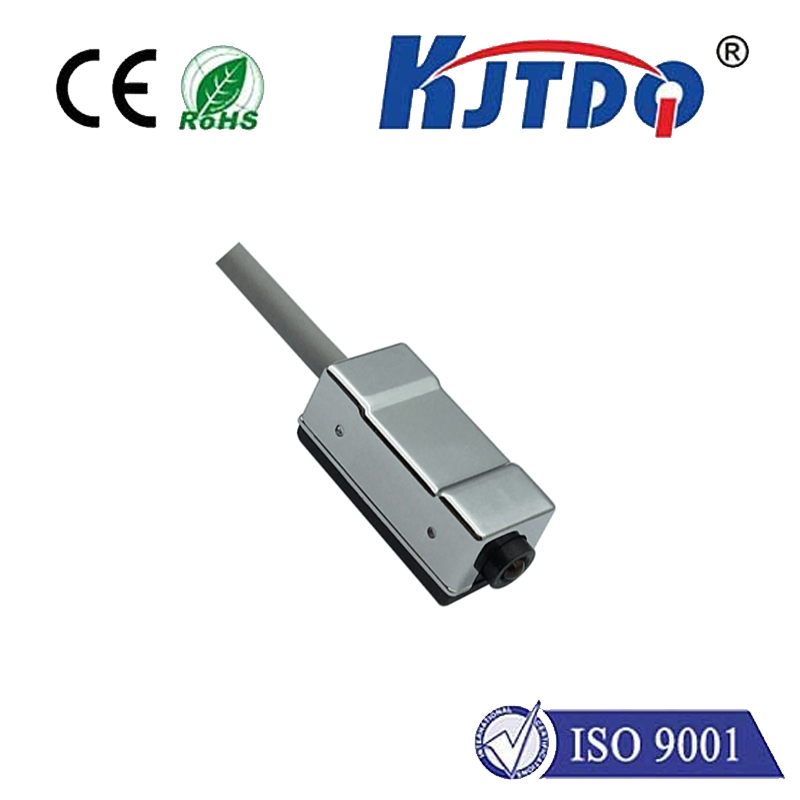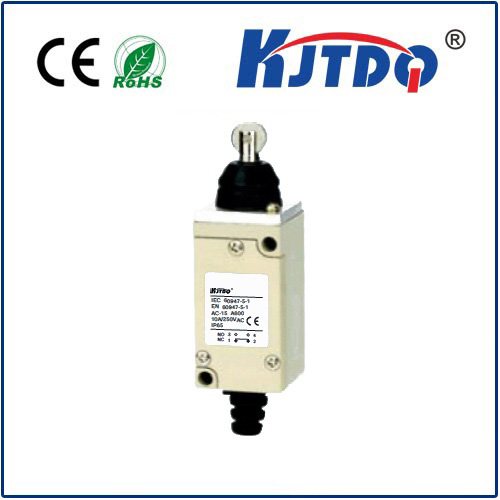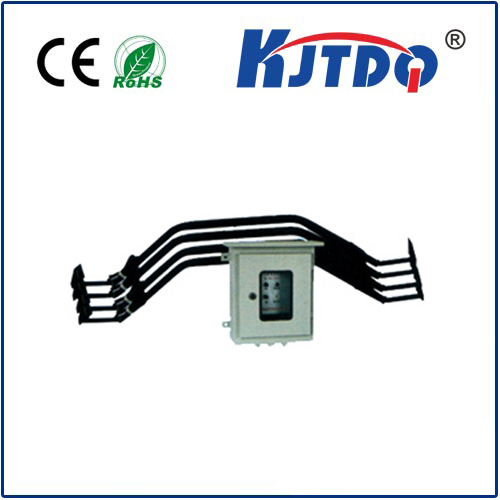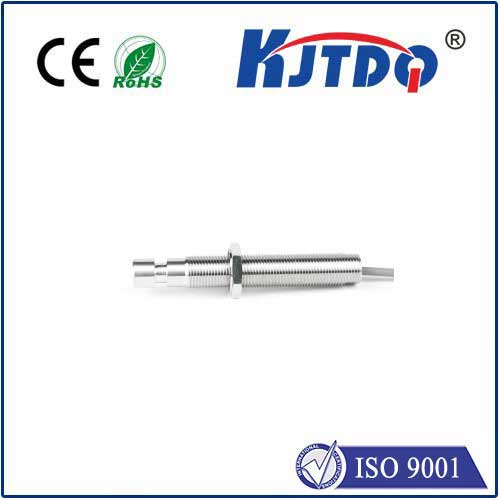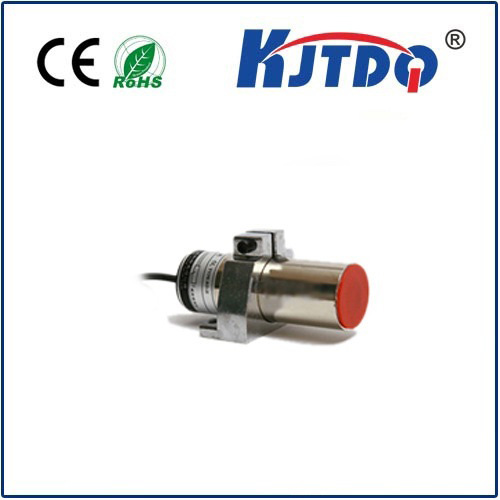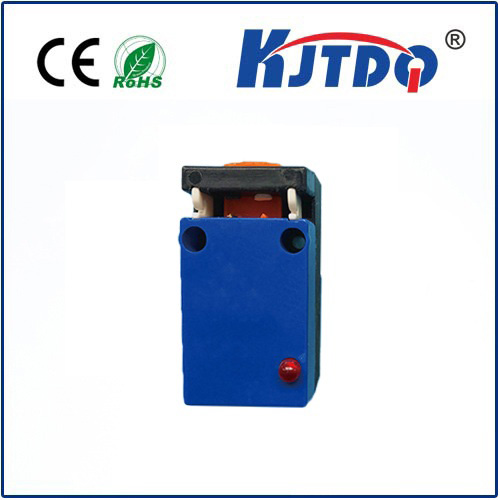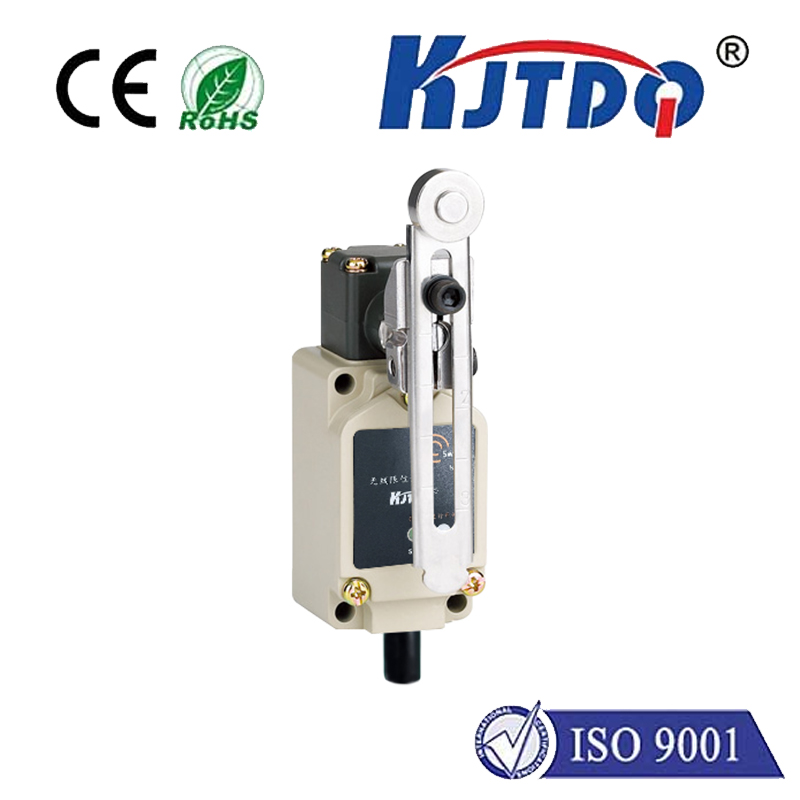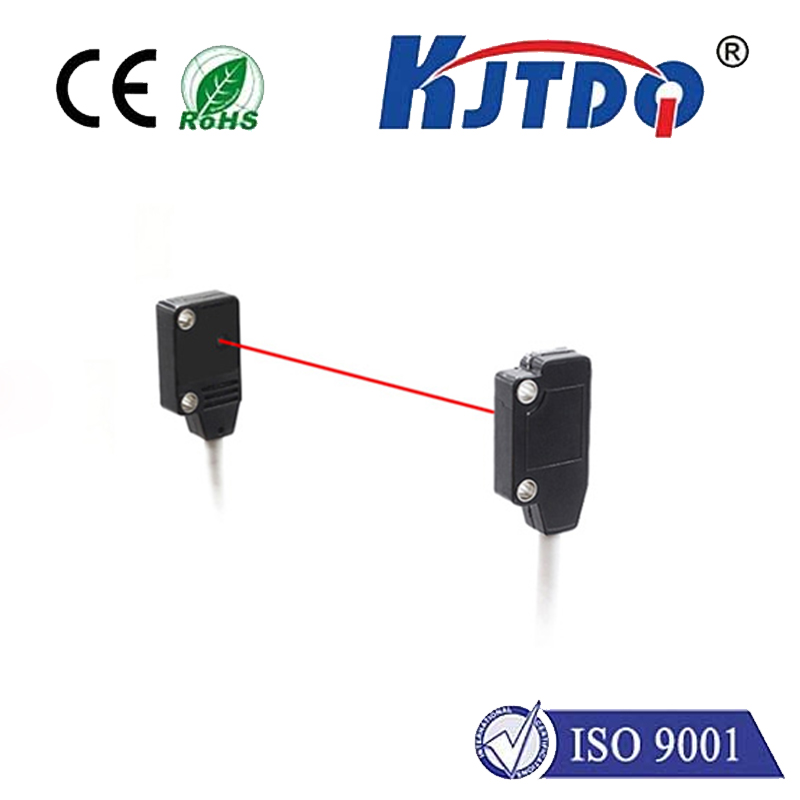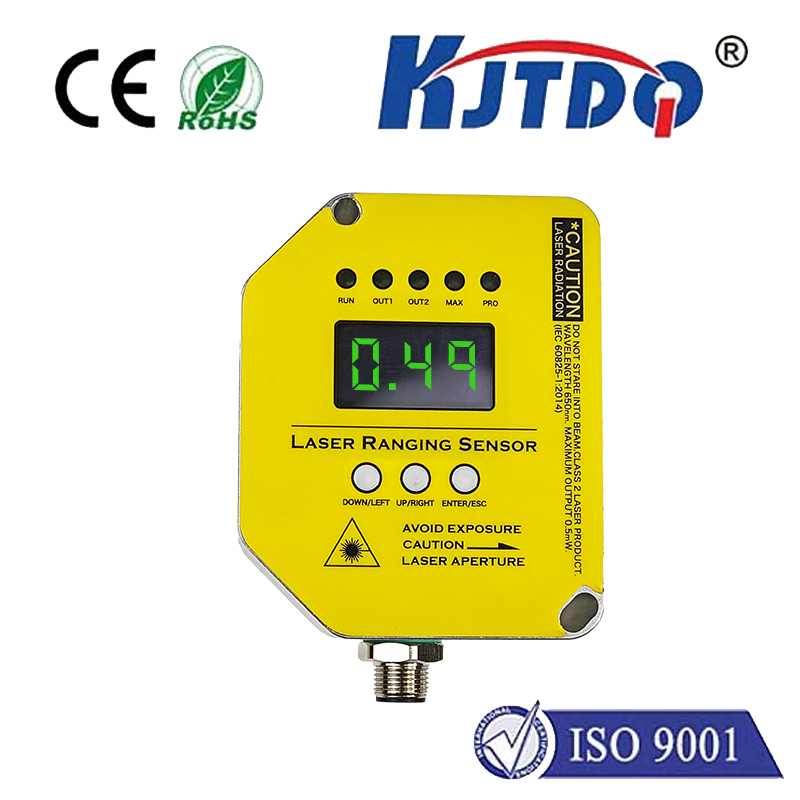
check

check

check

check
The Evolution of Micro Photo Sensors in Modern Technology
Micro photo sensors, also known as micro-electromechanical systems (MEMS) or image sensors, have revolutionized the way we capture and process visual information. These tiny devices are found in a wide range of applications, from smartphones and security cameras to automotive safety systems. In this article, we will explore the evolution of micro photo sensors and their impact on modern technology.

One of the earliest examples of micro photo sensors can be traced back to the invention of the camera obscura in the 16th century. This device used a lens and a darkened box to project an image onto a surface. Over time, improvements were made to this technology, leading to the development of the first practical photographic cameras in the 19th century. These cameras used film to capture images and required chemical processing to develop the final photograph.
However, it wasn't until the late 20th century that true micro photo sensors began to emerge. The advent of digital photography led to the development of charge-coupled devices (CCDs) and subsequently complementary metal-oxide-semiconductor (CMOS) sensors. Both types of sensors rely on an array of light-sensitive elements that convert incident photons into electrical signals, which are then processed by a microcontroller to create a digital image file.
CMOS sensors, in particular, have become increasingly popular due to their low power consumption and high level of integration with other electronic components. This has allowed for the creation of smaller, more portable devices such as smartphones and tablets that can take high-quality photos and videos without sacrificing battery life. Additionally, CMOS sensors can be manufactured using standard semiconductor fabrication processes, making them more cost-effective than CCD alternatives.
As technology continues to advance, micro photo sensors are playing an increasingly important role in various industries. For example, in automotive safety systems, MEMS sensors are used to detect changes in vehicle motion and trigger safety features such as airbags and traction control. In healthcare, miniaturized cameras and sensors are being developed for minimally invasive surgical procedures and diagnostic imaging. And in consumer electronics, advancements in image sensor technology have led to improved picture quality and enhanced functionalities like optical image stabilization and slow-motion video capture.
In conclusion, the evolution of micro photo sensors has been instrumental in shaping modern technology across multiple industries. From their humble beginnings as simple image projection devices to their current status as integral components in complex systems, these tiny yet powerful devices continue to push the boundaries of what is possible in terms of capturing and processing visual information. As research and development continue, we can expect even more innovative applications for micro photo sensors in the future.
